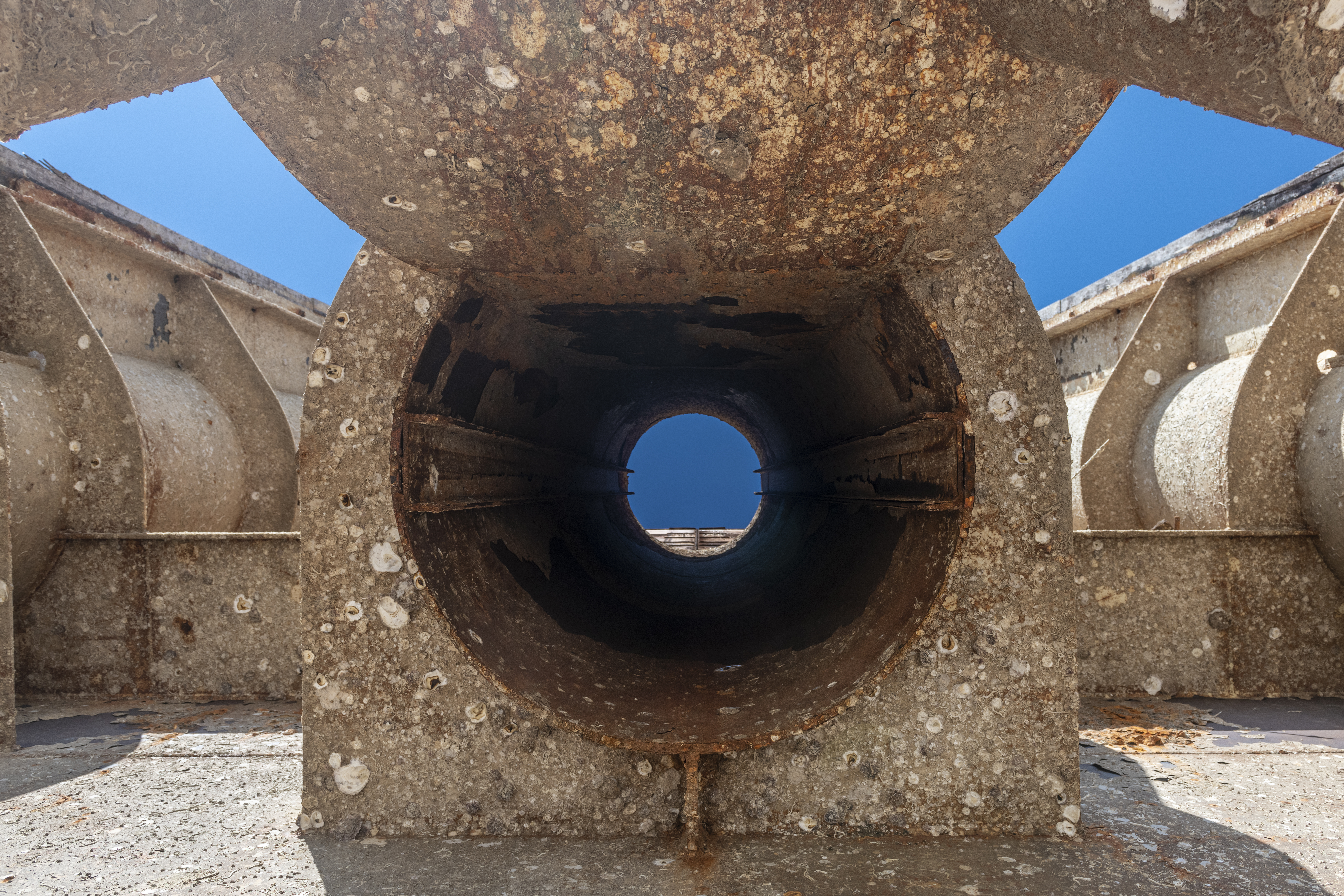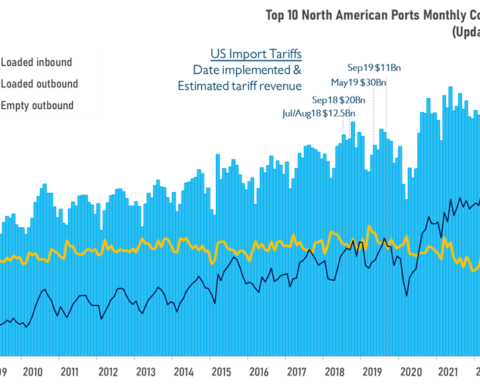The most important geopolitical project of the 21st century on a Eurasian scale was presented on September 17th2013 by Chinese President Xi Jinping, on his visit to Nazarbayev University in Astana, Kazakhstan, the main nation resulting from the fragmentation of the former Soviet Union, strategically located halfway between the major economic centers of China and Europe.
On that occasion, for the first time, the desire to build the “the New Silk Road special economic zone” was announced. Subsequently, on October 3rd of the same year, Xi Jinping proposed accompanying the policy of economic cooperation and intensification of trade with a strategy of strengthening the infrastructure axes to support the growth of economic ties, known as the “21st century Maritime Silk Road“.
The two projects formed the One-Belt-One-Road Initiative, a long-term initiative targeting approximately sixty countries and five billion people and defined strategically from the outset as open, inclusive and focused on economic cooperation and growth in the Eurasian area.
The program is very articulated, it includes investments in railways, ports, and inland logistic centres and support for the simplification of cross-border crossings. In addition, it supports transport companies through ad hoc subsidies. It also has significant repercussions for China’s social cohesion policies.
One of the wide-ranging objectives of the program is, in fact, to stabilize China’s economic and territorial development, which currently appears to be strongly unbalanced in favour of coastal regions, while the inland areas, in particular those on the border with Russia and Mongolia, have suffered from depopulation and economic backwardness.
In this new programming context – in which multiannual plans set keeping the GDP per capita growth rate of 6.5% per year and the doubling of GDP by 2020 as priority objectives – the role of the railway networks in support of international trade is becoming increasingly important.
For all the large metropolitan areas of the Chinese coastal areas, where the per capita GDP is five times higher than that of the internal areas and where the great urban and industrial development of the last thirty years has been concentrated, the role of maritime transport for commercial relations to and from Europe will remain irreplaceable.
Standardization of processes, intensification of economies of scale and simplification of procedures make the use of this transportation mode much cheaper than overland alternatives. From a geopolitical point of view, all this is well known and is accompanied by numerous initiatives within the Belt and Road Initiative, including support for the development of port system acquisitions (e.g. at Piraeus, Colombo or even the share of the new Vado Ligure terminal). It does, however, mean total dependence on the passage from the Suez Canal and the Malacca Strait. This is considered to be an element of potential strategic fragility and a driver for diversification of options for these origins/destinations through the development of Eurasian rail links.
In short, the development strategies of the regular railway connections between Europe and Asia, promoted by the Chinese government in recent years through subsidies covering almost 50% of operating costs, are justified by a long-term vision with the objectives of including the internal territories of China and the former Soviet Asian republics in world trade and as an element of resilience with respect to possible risks on maritime routes.
In this context, the Italian system currently plays a marginal role, due to cost and volume factors. In fact, from and to Italy, the maritime alternative is more competitive compared to other contexts in Northern Europe where the timing of rail transport can be an element of interest, favoring in several cases (as in the case of trade relations between Poland and China) the halving of average journey times. Moreover, the length of the railway modules allowed on the transalpine lines is still limited, not being as efficient as the railway network with European standards.
National strategic considerations should lead to the conviction that it is premature to deal with these very long-distance connections, which still involve very expensive transportation compared to sea transport, with different rail gauges and with very high procedural costs at every border. However, this is not the case: the infrastructure measures underway on all the transalpine routes will allow a gradual qualitative leap in rail connections to Europe and, given the strong growth rates of all the Euro-Asian areas from Russia to Kazhakistan, as well as China, the diversification of the supply of transport services that can also include rail, will be an obligation.
To be found in front of a network of operators, made up of railway companies, intermodal nodes and freight forwarders, unprepared to handle these challenges would be a considerable mistake, like looking down a telescope the wrong way.
Translation by Giles Foster




